L Train Slowdown is … OK?

A week and half into the L Train slowdown and things are…okay. The plan, which replaced the much-dreaded L Train shutdown, has left commuters a bit irritated, but not wholly upset about the service changes.
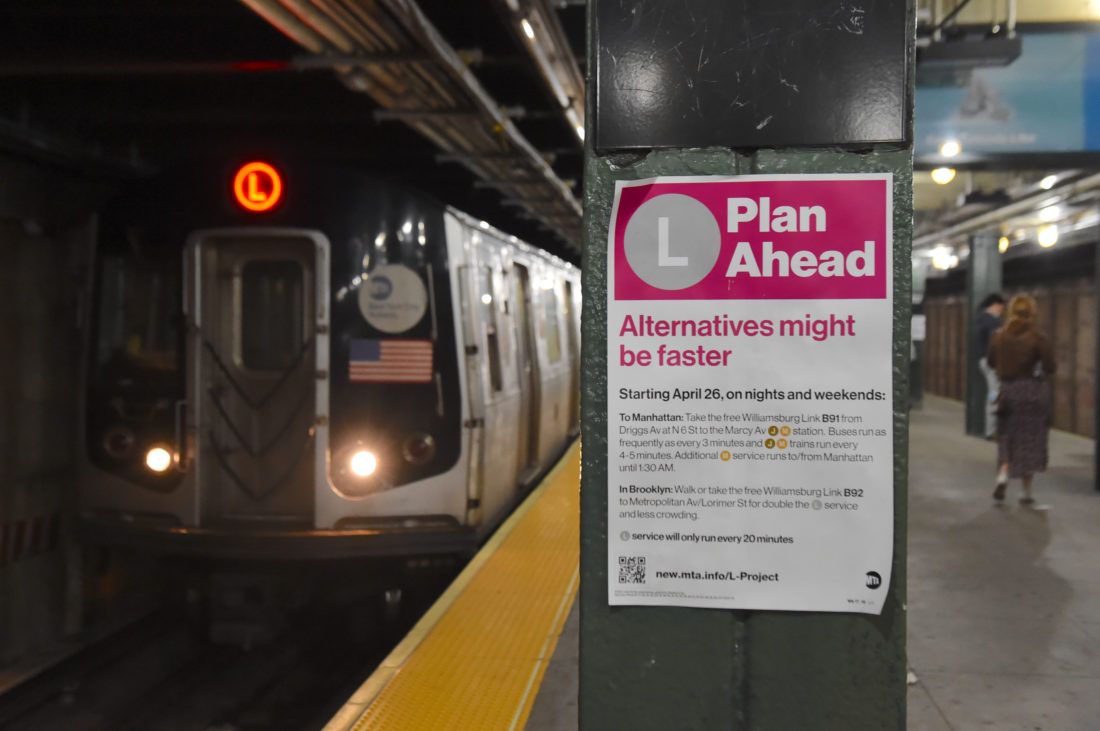
So what exactly are riders having to factor into their commutes? On weekdays between 5 a.m. and 8 p.m., pretty much nothing. During that time service runs as usual. But after 8 p.m. on weekdays, and at all times on weekends, the MTA offers “reduced service,” meaning trains run every 20 minutes between Manhattan and Brooklyn and every 10 minutes between Lorimer and Canarsie stops in Brooklyn.
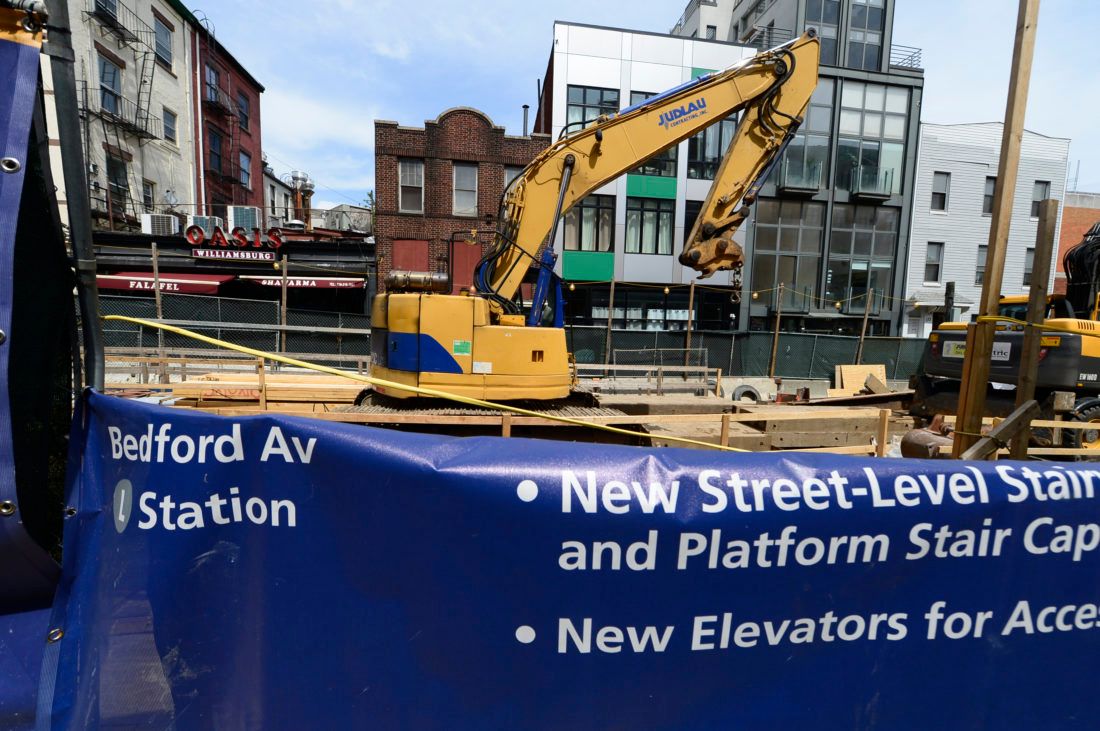
Conor Patterson, 25, uses the L to commute to work every day and says that overall, he hasn’t experienced any problem other than some overcrowding. “The stations are definitely more crowded right now, especially during those slower times,” he says. “But the confusion and frustration, to me, feels more like growing pains. I think regular L train commuters will adjust.”
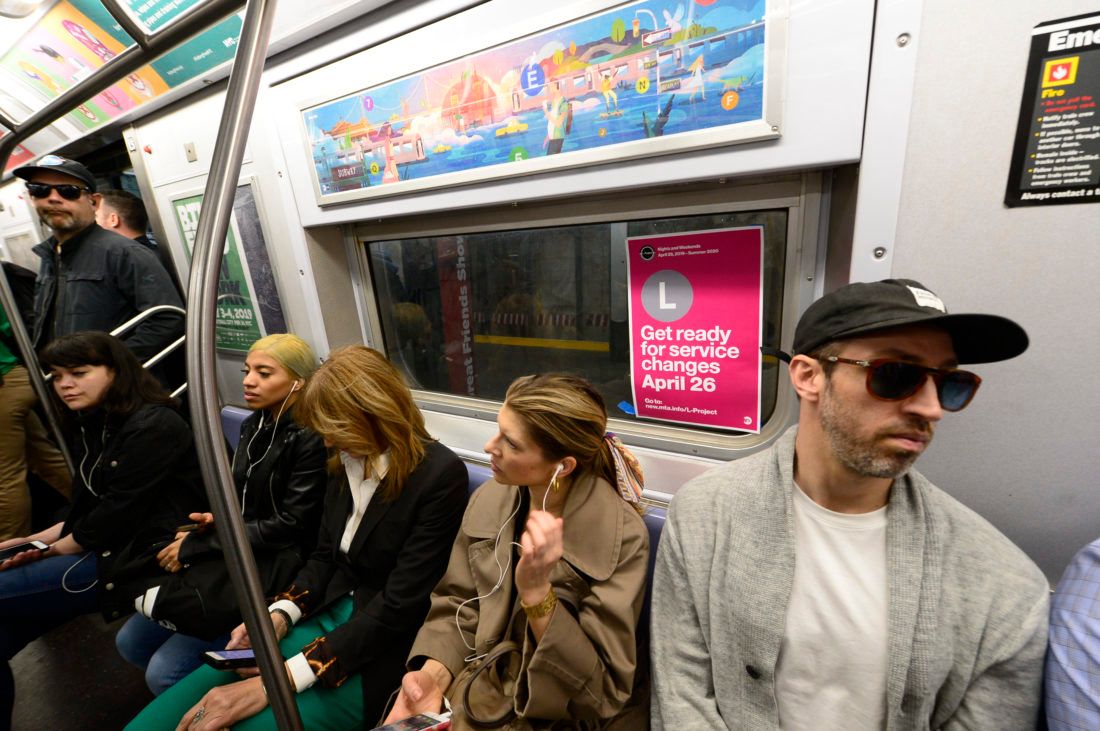
Matthew Hernandez, 35, says that personally, it’s hasn’t affected his commute, but it has affected his work. He works for a real estate company in Greenpoint and says he lost lots of business because of the L train shutdown scare. Chumi Gonzalez, 27, says she takes the L every day from Myrtle-Wyckoff to Jefferson. When asked if the slow down has affected her she says “not really.”
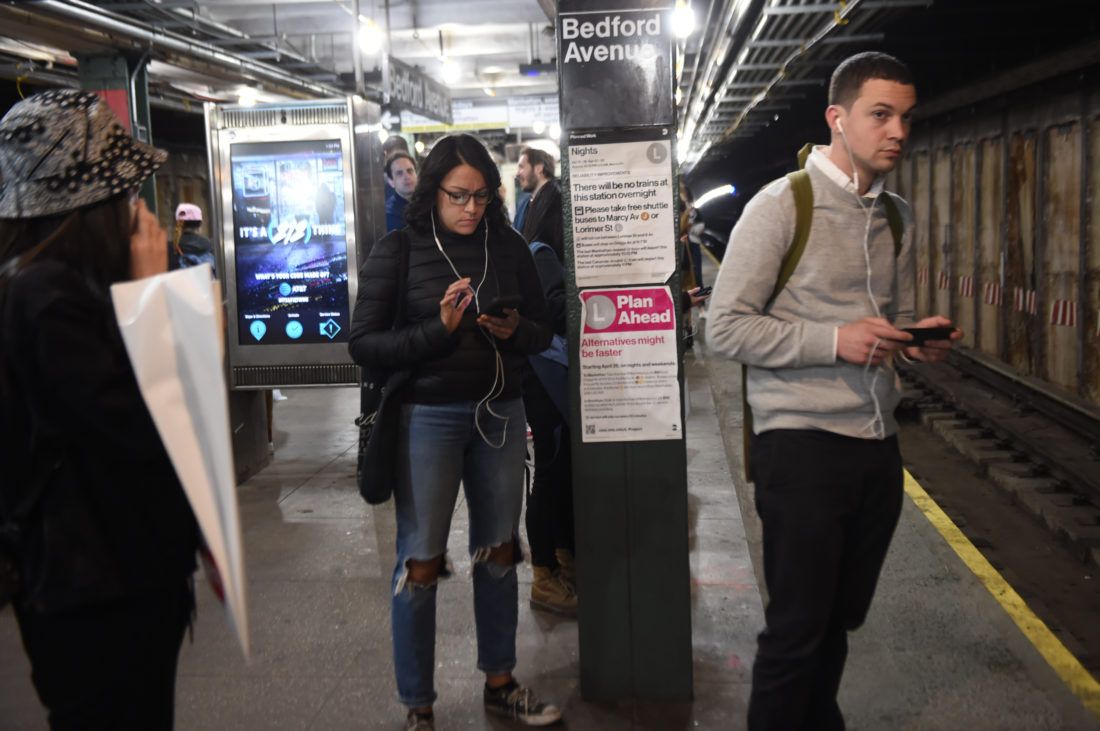
However, commuters do agree that weekend and weekend nights can get frustrating. Walking onto the platform on a Friday night, the platform is more crowded than usual, and because the slowdown has only been in effect for one week, you still see commuters letting out profanities when they see that the next train is 18 minutes away. There is a general restlessness among passengers, but also an understanding that this is how it’s going to be for a while, so you need to get used to it or find an alternative.
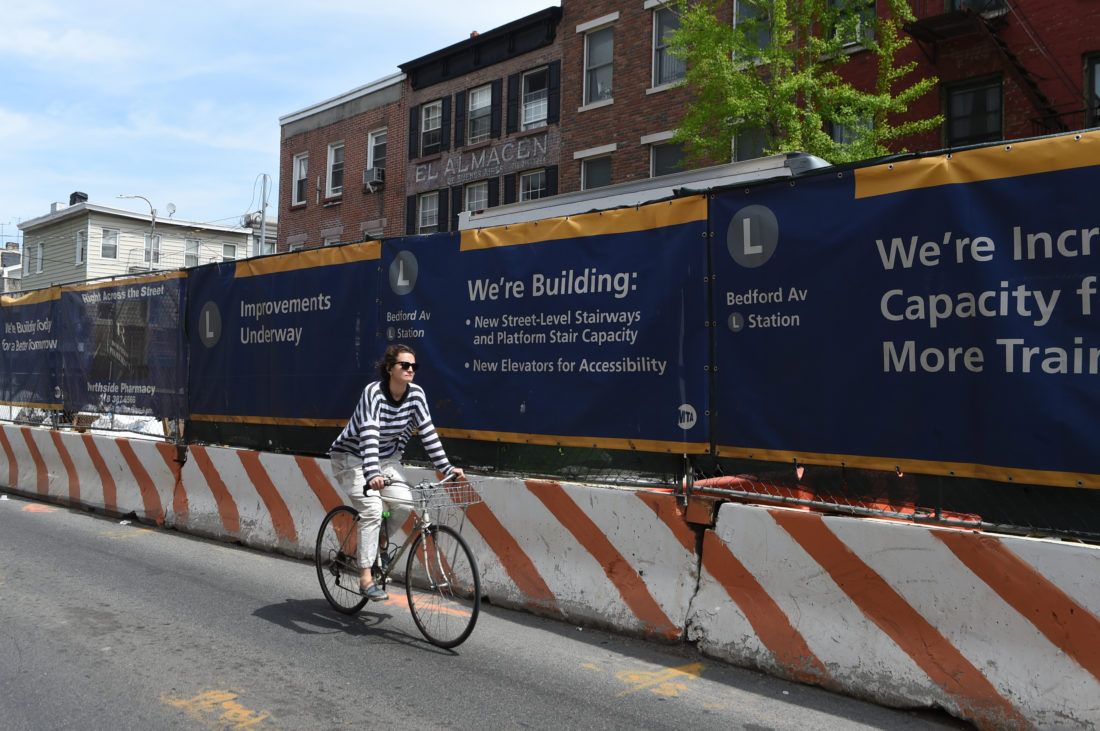
Patterson says that he’s been late meeting friends a few times and Hernandez says he doesn’t even bother taking the train because of its reduced service. “If it’s past midnight and I’m in the city, I just take a cab,” he tells me. Gonzalez says that on the weekends, she can rely on the M, but at night she just takes Ubers anyway.
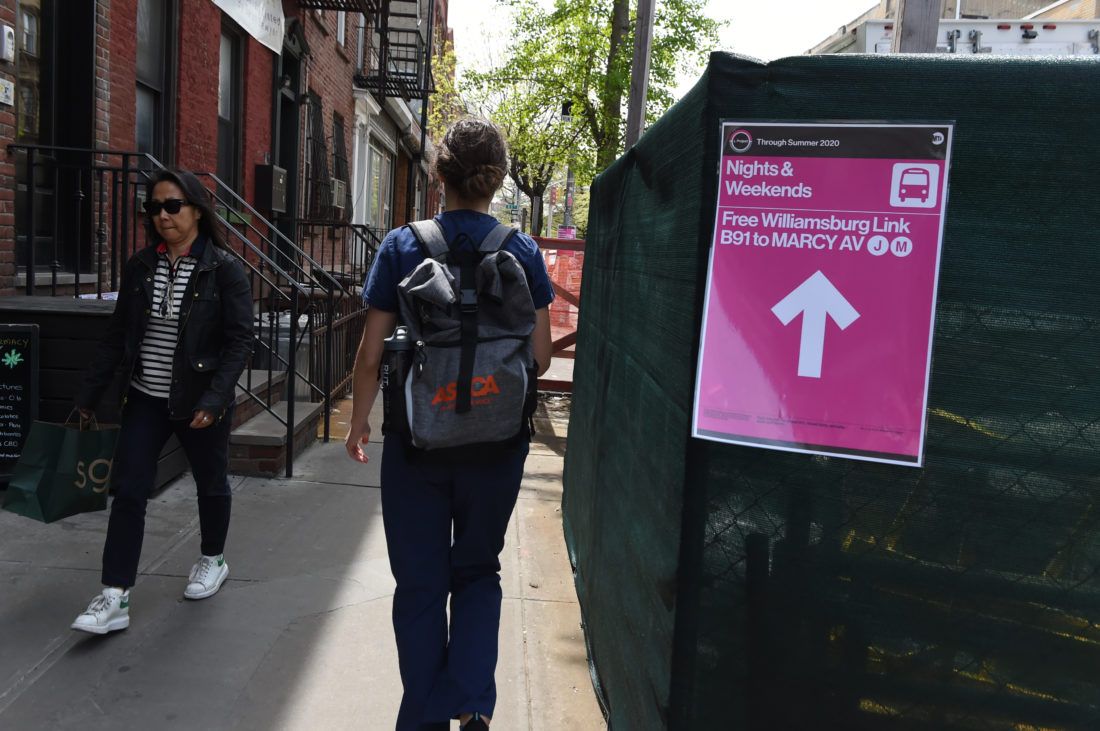
To make up for the slowdown, the MTA is extending service on G, M and 7 trains and adding new bus routes. The M14A bus provides extra service on nights and weekends and in June, the city will convert two lanes of 14th street into a transit and truck-only lanes. And, in Williamsburg itself, the MTA is launching two buses which will connect subway stations at Bedford Avenue, Lorimer Street, Marcy Avenue, and Hewes Street.
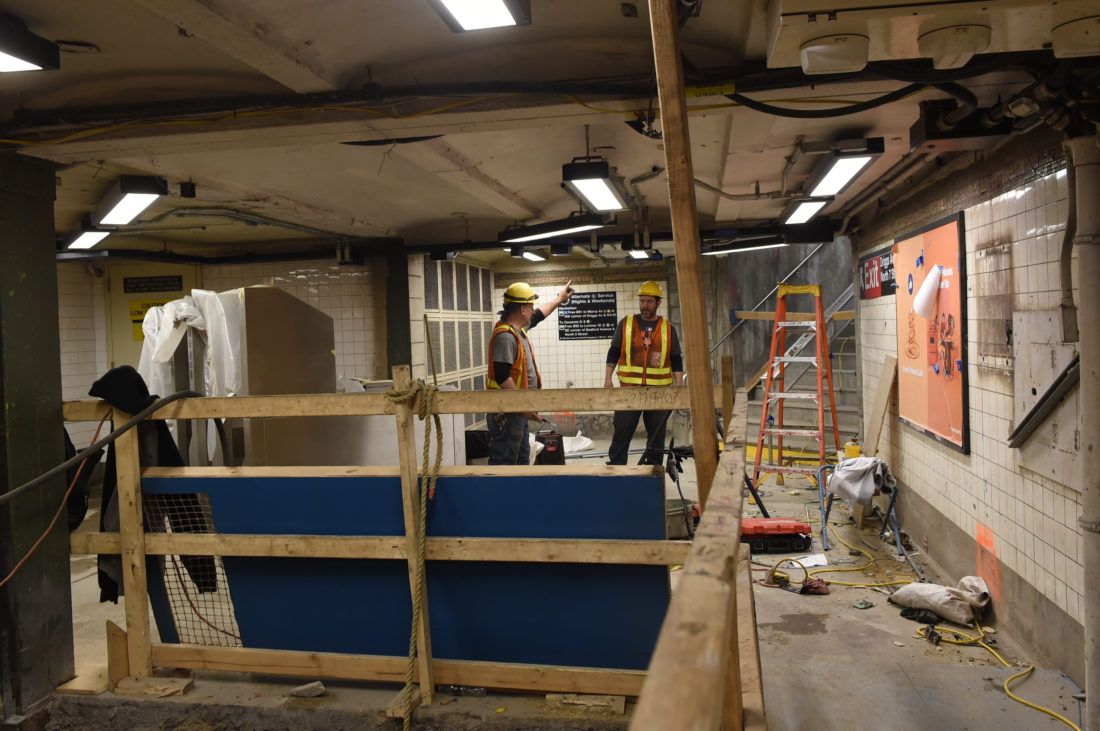
Approximately 225,000 people ride the L every day, and the original plan was to shut the entire line down for 15 months. But in January, Governor Andrew Cuomo announced that this wouldn’t be necessary, and repairs could be done in the same amount of time with reduced service. The plan is said to last between 15 and 20 months, and according to Curbed, MTA officials have said it will probably be closer to 15.
So far, commuters the Bklyner talked to have all said they are generally unbothered with the slowdown and believe in the city’s plan.
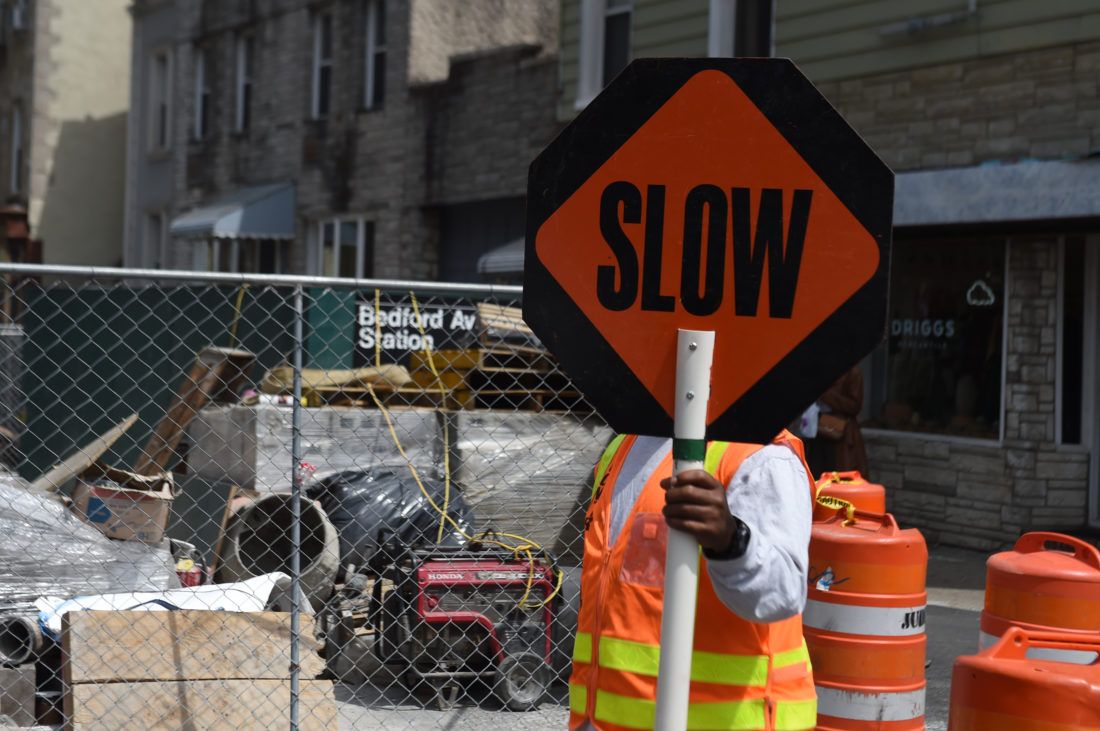
An MTA employee at the Jefferson stop says that other than a few confused commuters, she hasn’t had to deal with much frustration. And Patterson is impressed with how present and helpful MTA employees have been in directing commuters to the right place. “I don’t want to sound like I’m the MTA’s number one fan, but so far I think they’ve done a good job,” he says.




